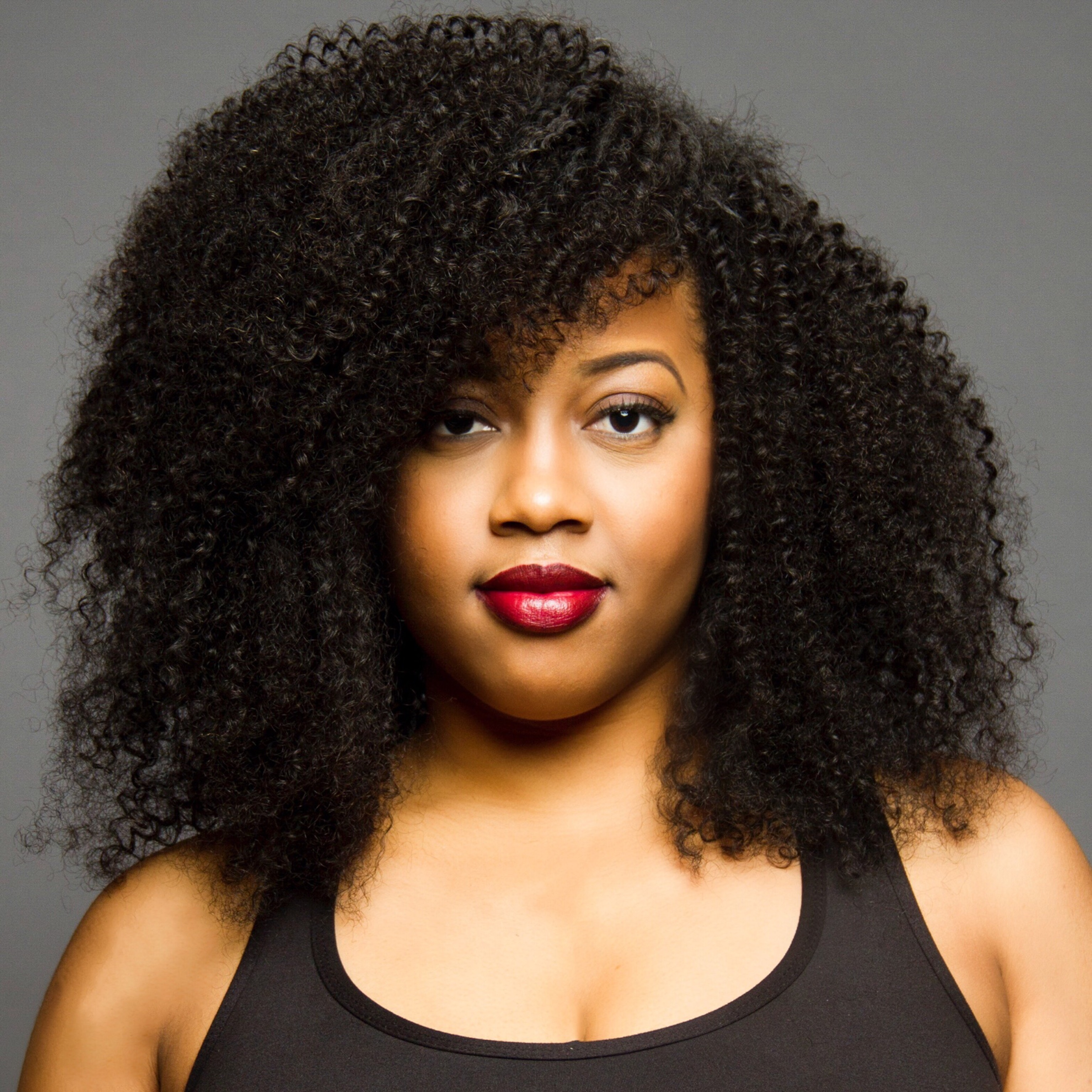
good bounce back from tugging and pulling which helps eliminate breakage.) Celebrities with type 3 hair 3A: Zendaya (Photo: Getty) 3B: Tracee Ellis Ross (Photo: Getty) 3C: Yara Shahidi (Photo: Getty) Styling type 3 hair (Note: Although undesirable to many, shrinkage is a positive indicator of healthy curls it shows that your hair is properly moisturized and has strong elasticity-a.k.a. What’s more, type 3 curls typically experience extreme shrinkage and are more prone to tangling, which can lead to excess breakage. “Hair tends to feel drier a lot faster because with every bend and turn in the hair, the cuticles are more opened,” says Morgan. And the more tightly wound, the harder it becomes for natural oils from the scalp to travel down the hair shaft, leaving curls in this texture category regularly crying out for moisture. When talking curl circumference, think of spirals the width of a wine-bottle cork (3A), springy ringlets similar to a Sharpie marker (3B) and denser, coarser curls that mimic the width of a straw or pencil (3C) as the hallmarks that define type 3 curls.
CURL PATTERNS FULL
Naturally well-defined and full of volume, this type of pattern is characterized by strands that vary from bouncy S-shaped curls (these aren’t the loose, stretched curves of type 2, but rather more compact) to tight corkscrews.
CURL PATTERNS HOW TO
Moroccanoil Beach Wave Mousse, $35, sephora.ca How to identify type 3 hair: Curly L’Oréal Paris Stylista #BeachWaves Texturizing Mist, $9, drugstores “So just taking a piece of the hair and raking it through from the bottom with my fingers, without touching my palms.”

To avoid any product overload, “I like to put on the hands and pull it through starting at the bottom, little by little,” shares Wauchope. When applying styling aids, the common tendency is to start at the crown of the head and work your way down, but too much product at the roots can definitely weigh you down, especially when working with a wavier texture. “I find with wavier textured hair, it’s really important to use more water-based products,” notes Keina Morgan, a Toronto-based hairstylist and salon owner of Urban Curls Hair Studio. To coax the best definition, the textured-hair guru, whose work has topped the heads of Solange Knowles and Naomi Campbell, recommends using lighter weight products that are formulated specifically to enhance a tousled-hair look (think: beachy waves as opposed to springy curls) to keep strands lifted, like texturizing salt sprays and mousses.Īlso, be cautious of oil-based formulas that, more often than not, cause waves to fall flat. “With waves, they can really easily be weighed down,” says New York-based editorial hairstylist and Dyson global styling Ambassador Jawara Wauchope. 2B: Lorde (Photo: Getty) 2C: Sarah Hyland Celebrities with type 2 hair 2A: Arizona Muse If your hair forms defined S-shaped waves starting from the midlength, then you have type 2B texture, and 2C waives are thicker, coarser and have well-defined S-bends starting from the root. The barely-there tousled texture also tends to be fine in density, which means a smaller width or diameter of the actual hair strand. 2A strands are not quite straight, but the waves are not fully defined either. The most subtle of curls, waved hair ranges from loose curves that stick close to the head, to more defined S-shaped strands starting all the way at the roots. Does it slightly curve, wind around itself into spirals or kink? How to identify type 2 hair: Wavy Once it’s mostly dry, isolate a section and observe how your hair lays. And avoid brushing and combing, too-doing so can stretch out your hair. (These softer fabrics won’t ruffle the hair’s cuticle the way a traditional towel can.) Avoid styling products or heat at this stage, because you’ll temporarily alter your true pattern. When your hair is still soaking, use a basic tee or a microfibre towel to blot excess moisture. So, how do you do that? First, wash, condition and allow for your hair to air dry. The most important thing you can do for achieving a flawless head of spirals is to understand your curl pattern by identifying the shape that your hair strands make so that you know how to work with, not against, your hair’s natural movement. With each classification comes a whole different set of behaviours-and styling products that best define it. straight) and then there are sub-classifications within those-A, B and C-which point to how tightly wound your curls are within that curl family.

Curls are broken down into three main groups-wavy, curly and coily-referred to as types 2, 3 and 4, (type 1 hair pretty much has no curl pattern-a.k.a. Another thing: We’re not just dealing with one big textured category. Yep, glorious curly hair makes you work for it.

Curls are a true gift from the hair gods, but that coveted bounce and perfect definition aren’t a #wokeuplikethis style.


 0 kommentar(er)
0 kommentar(er)
